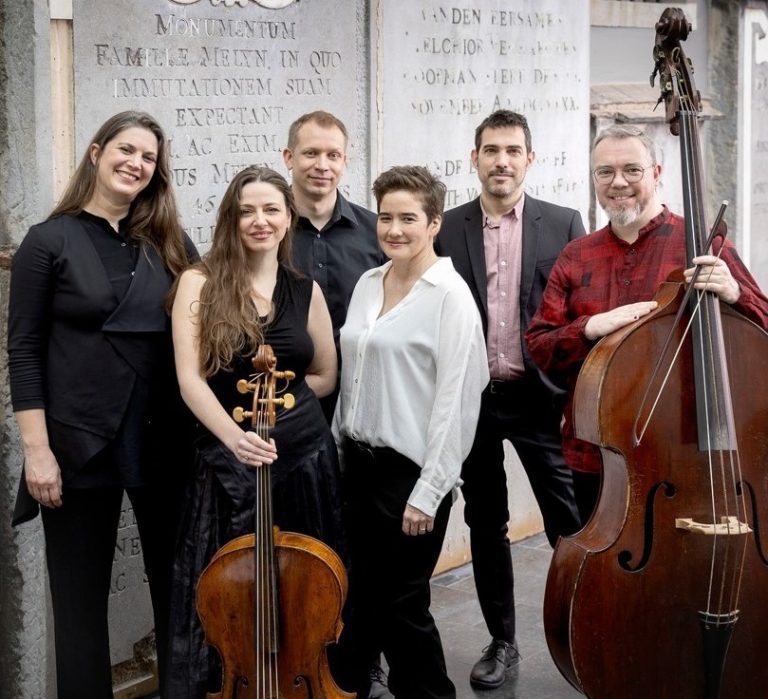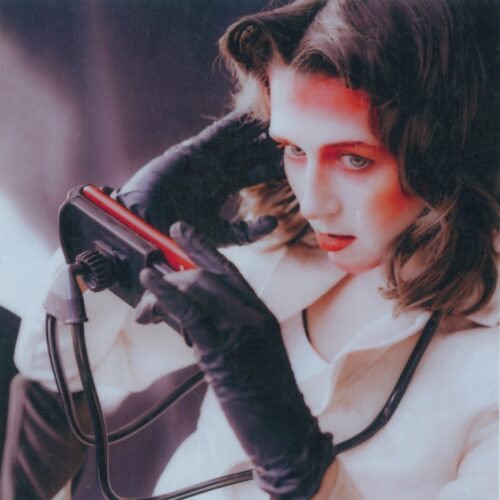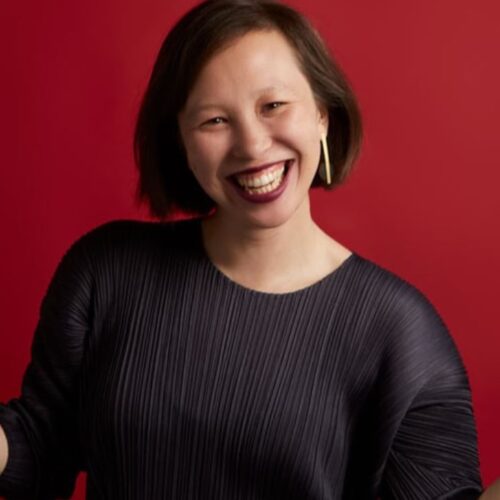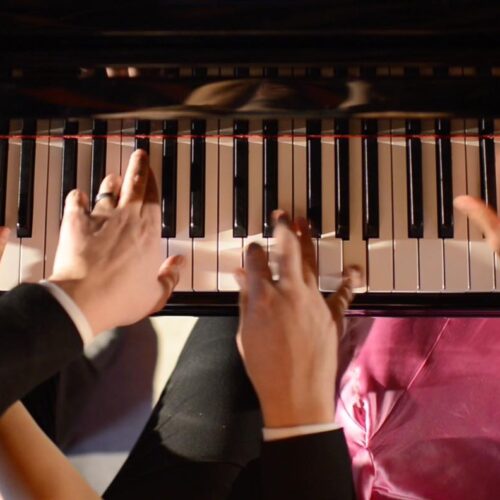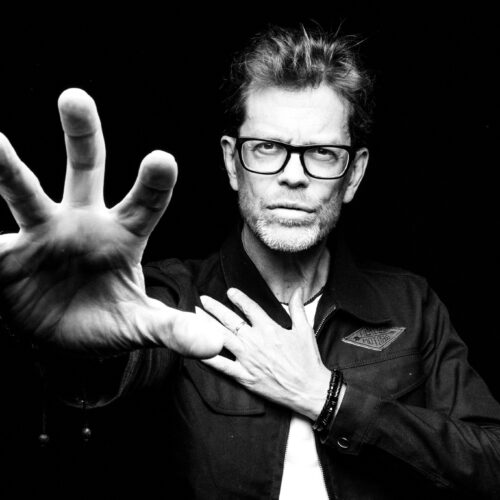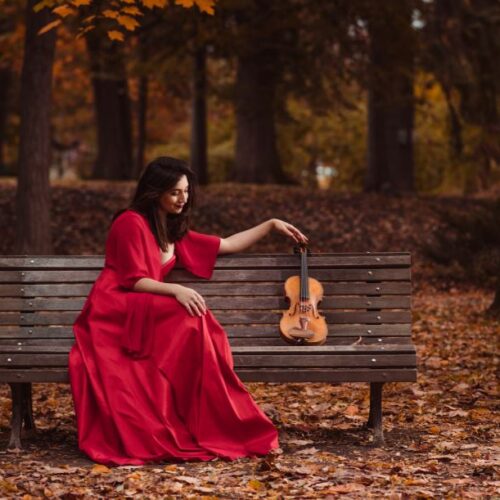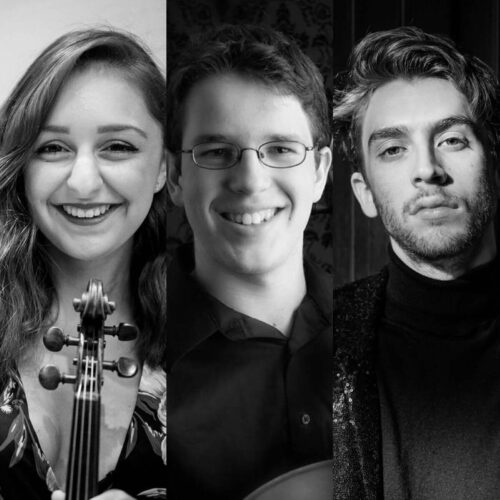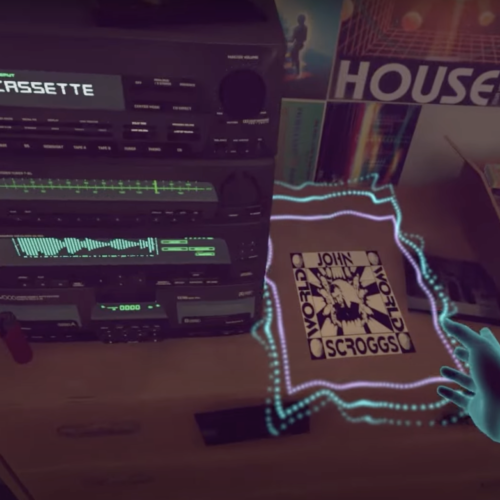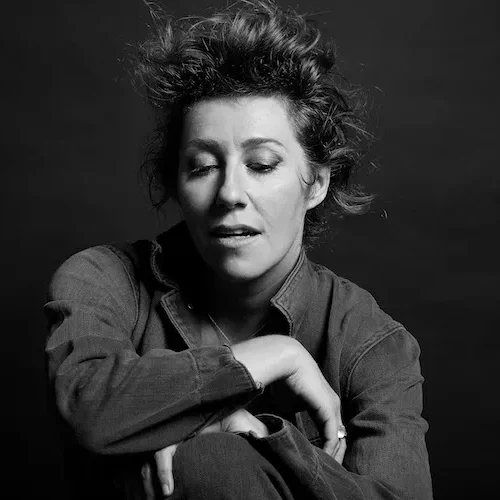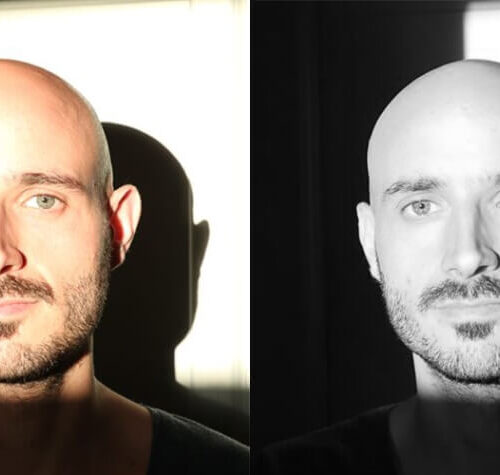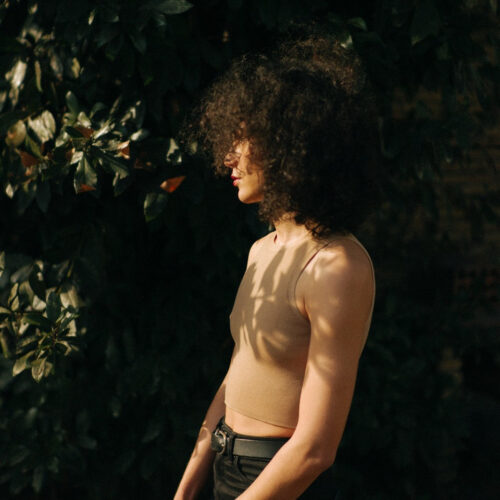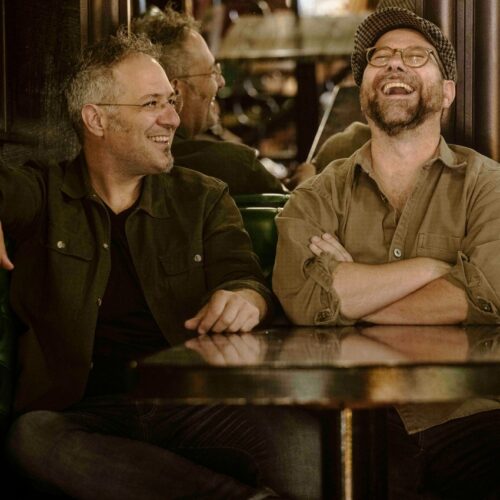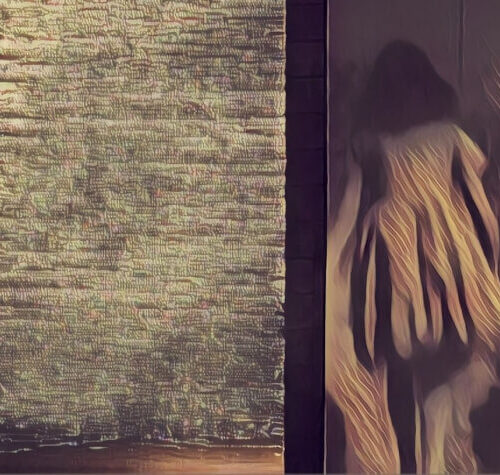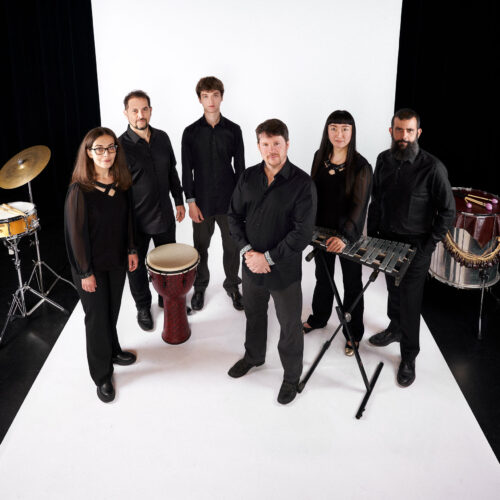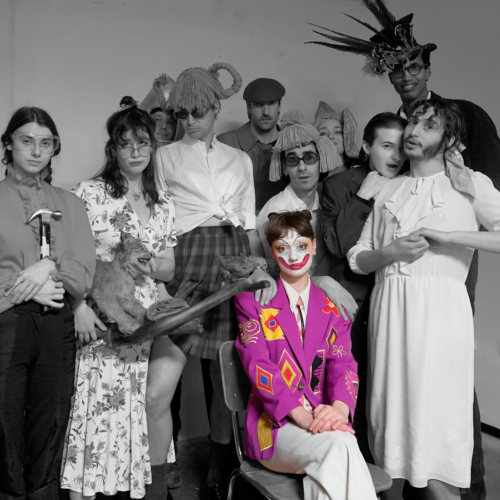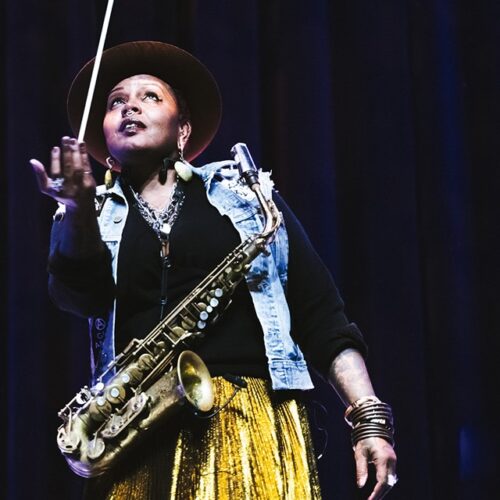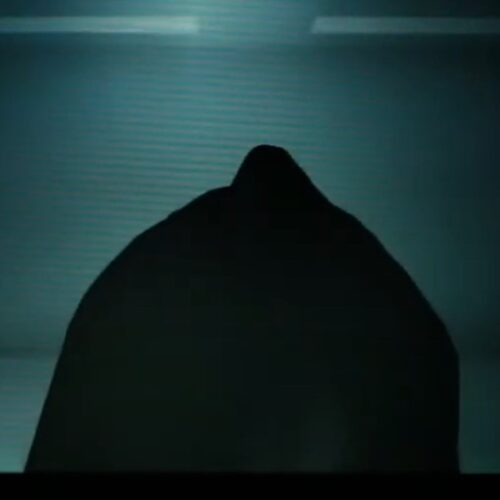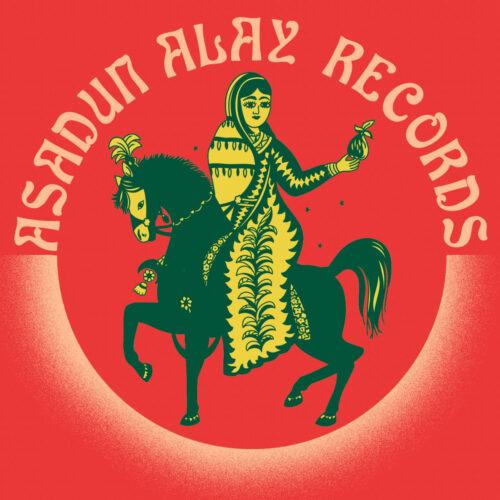Additional Information
Expressivity, vitality, integrity, high precision, these are all words that can be used to describe the Ensemble Masques, recognized throughout the world of baroque and early music, particularly in Europe. Founded two decades ago, Masques has come a long way since then. Along this way, many paths were taken and lead to JS Bach and this is the object of the program we are dealing with here.
The ensemble takes its name from a form of Renaissance high society entertainment that became popular at the court of King Henry VIII, the father of Queen Elizabeth, and continued into the Elizabethan era. A Masque was a lavish and dramatic entertainment involving poetry, drama, dance and music, often performed in verse by masked actors dressed as mythological or allegorical figures.
In this case, it is essentially a question of music: the Ensemble Masques is made up of high-level performers, whose six members have careers as soloists and/or performers in international early music ensembles and orchestras. The ensemble is directed by Montreal harpsichordist Olivier Fortin.
Masques is “transnational” in the sense that it is made up of Australian violinist Sophie Gent, Toronto violist Kathleen Kajioka, Montreal violist and cellist Mélisande Corriveau, Finnish violinist Tuomo Suni, Brussels bassist and violinist Benoît Vanden Bemden, and its Quebec musical director Olivier Fortin.
Beyond our local classical or baroque milieu, the Ensemble Masques is well known on the European circuit and still deserves to be better known on this side of the Atlantic. Here is an opportunity to acknowledge its great quality: this Thursday, the group performs at the Bach Festival after returning from a tour in Iceland where PAN M 360 joined Olivier Fortin to talk about the Montreal program presented this Thursday, November 24, at Chapelle Notre-Dame-de-Bon-Secours in Old Montreal.
PAN M 360: The music of the 17th century is dominant in this program.
OLIVIER FORTIN: In fact, the first part of the concert covers works written in the mid to late 17th century while the second part is devoted to Bach. The idea is to trace the composers who influenced Bach’s work in the way they composed and used harmonic language. From more or less far from Bach, there were musical currents at the time, including that of France, notably the music of Lully, which took a large place on the European territory and which each one took up in his own way. So we open and close with a French suite by a German composer and we end with Bach who always went further than anyone else, in such a personal and brilliant way. We propose a journey towards Bach, in a way.
PAN M 360: From Georg Muffat (1653-1704), then, you open with Fasciculus I from Florilegium primum.
OLIVIER FORTIN: He was very much inspired by the French style. He was a follower of the music that was going on in Europe, but he didn’t have the genius of Bach. We open the concert with an orchestral suite, an overture and dances, and we end with another Bach suite, thus putting the rest of the program in brackets. The first part of the program consists of music older than Bach, while the second part begins with his son Wilhelm Friedemann. And we want to show that he still played a little bit in the style of his father but in a very different way in the language.
PAN M 360: If we go inside the program, we find ourselves with Giovanni Legrenzi (1626-1690), Sonata sesta – La Cetra (Venetia, 1673).
OLIVIER FORTIN: JS Bach met neither Muffat nor Legrenzi, nor any other composer on the program except his son, but their music reached Bach, since he had already written fugues on themes by Legrenzi. This powerful, rich and expressive Italian language influenced Bach in his youth.
PAN M 360: The next piece is by Johann Heinrich Schmelzer (1620/23 – 1680): ,
OLIVIER FORTIN: There you go, this is very beautiful, very moving lamento on the death of Ferdinand III, who was a great lover of music and patron of the arts, humanly close to the artists. We have played all this music, we are very comfortable playing it, it’s a bit like breathing. It’s part of our DNA. People often think it’s too old. But it’s extremely expressive. Schmelzer was a great violinist. He wrote hybrids that Bach took up and synthesized.
PAN M 360: What about the sonatas of Johann Rosenmüller (1617-1684)?
OLIVIER FORTIN: Rosenmüller composed in Germany, he was also a keyboardist and violinist. He had to escape secretly Germany for reasons of morals, a sort of me too with who knows whom. He ended up in Venice at the time of Legrenzi. He wrote in a style from which Bach took on certain forms.
PAN M 360: What about the Sonata XI Opus 1 (1695) by Romanus Weichlein (1652-1706)?
OLIVIER FORTIN: Weichlein was a Benedictine monk who was a student of the next composer on the program, Biber. This is music for violin that makes Biber’s music, very improvised, great passacaglias, music that makes the strings sound good. Weichlein spent his life as a monk in Austria. He belongs to the school of composers for virtuoso violins. This music has won us several prizes in Europe.
PAN M 360: And then we go to the master with the Sonata III, Fidicinium Sacro-Profanum (Nuremberg, 1683) by Heinrich Ignaz Biber (1644-1704).
OLIVIER FORTIN: There you go. We have seen what the student does, now we see what the master does. It is very difficult, harder than Weichlein who is difficult for the violin whereas Biber is difficult for all the voices in the ensemble. Very virtuoso.
PAN M 360: So we move on to the Bach family.
OLIVIER FORTIN: At first, we would have liked to play only orchestral suites by JSB but it was too many people to travel so we often do this suite by his son, we see how the French style is treated in Wilhelm Friedmann in another harmonic world than that of his father, pre-classical. The last movement is a fugue but different from those of his father, which does not take the same path. One feels that it is the end of something and we end with this suite in the French style, which is very well known by the master Bach.
PROGRAM
Georg Muffat (1653-1704)
Florilegium primum – Fasciculus I
Giovanni Legrenzi (1626-1690)
La Cetra – Venetia, 1673
Sonata sesta
Johann Heinrich Schmelzer (1620/23 – 1680)
Lamento sopra la morte Ferdinandi III
Johann Rosenmüller (1617-1684)
Sonate a 2, 3, 4 è 5 stromenti, da arco & altri – Nuremberg, 1682
Sonata nona à 5
Romanus Weichlein (1652-1706)
Opus 1 – 1695
Sonata XI
Heinrich Ignaz Biber (1644-1704)
Fidicinium Sacro-Profanum – Nuremberg, 1683
Sonata III
Wilhem Friedemann Bach (1710 – 1784)
Ouverture – Suite for orchestra, in g minor (formely attributed J.S. Bach, BWV 1070)
Johann Sebastian Bach (1685-1750)
Ouverture – Suite for orchestra, in D major BWV 1068
ARTISTS
Ensemble Masques
Olivier Fortin, harpsichord and conductor
Sophie Gent, Tuomo Suni, violins
Kathleen Kajioka, viola
Mélisande Corriveau, basse de viole & cello
Benoît Vanden Bemden, violone & contrebasse
